2022 Mitsubishi Outlander PHEV has amazing new skill
A revolutionary new feature is set to change the way people use their cars forever and could save them lots of money in the process.
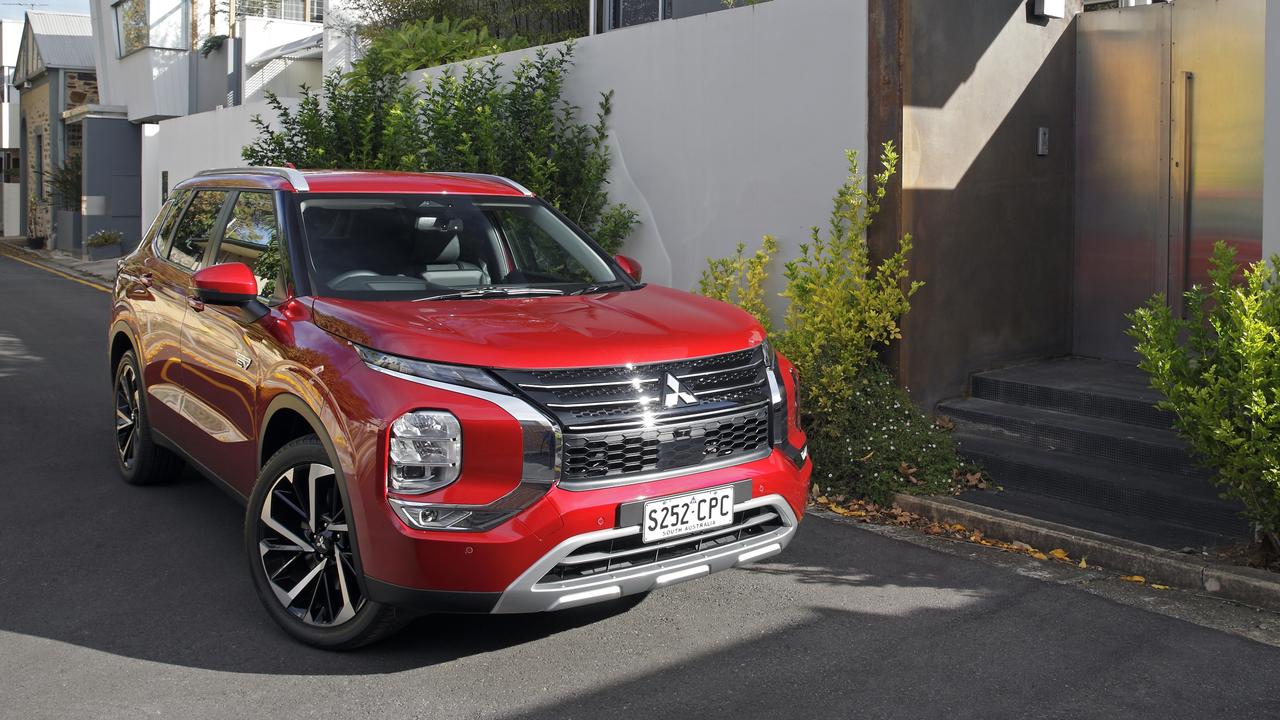
The car that started the plug-in hybrid revolution in Australia is back for its second act and now comes with an ace up its sleeve.
Mitsubishi has detailed Australian prices and specifications for the new Outlander PHEV (Plug-in Hybrid Electric Vehicle) due in showrooms this August.
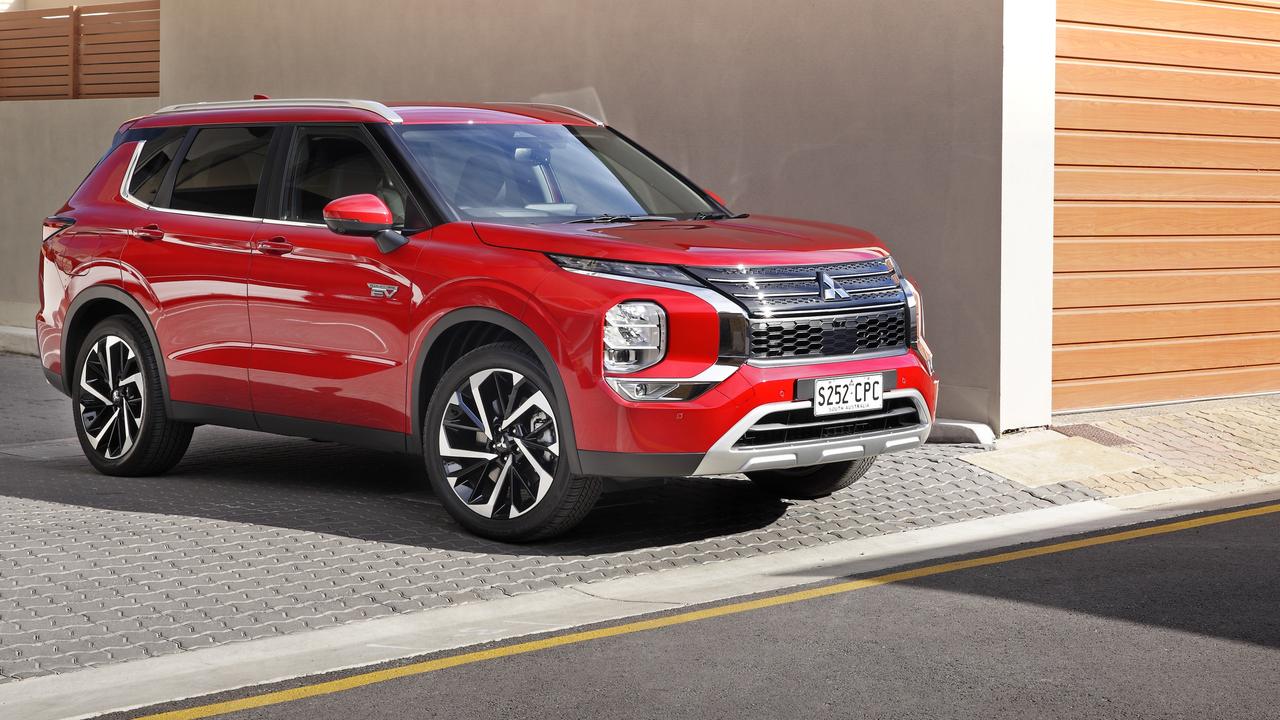
Popularity of the hi-tech plug-in petrol-electric vehicles hasn’t taken off in Australia, but they remain a vital stepping stone between internal combustion and zero-emissions cars.
The Outlander PHEV combines a 2.4-litre petrol engine with two electric motors – one on each axle providing all-wheel drive – for a total of 185kW and 450Nm.
There are several modes of operation including pure electric and when the petrol engine can be used as a generator to charge up the battery or to directly power the front wheels.
A 20kWh battery allows the Outlander PHEV to be driven up to 84km on pure electric power.
Regenerative braking feeds energy back into the battery to increase the driving range.
Mitsubishi claims fuel use of 1.5L/100km, but this will likely rise substantially after the first 100km when the battery is depleted.
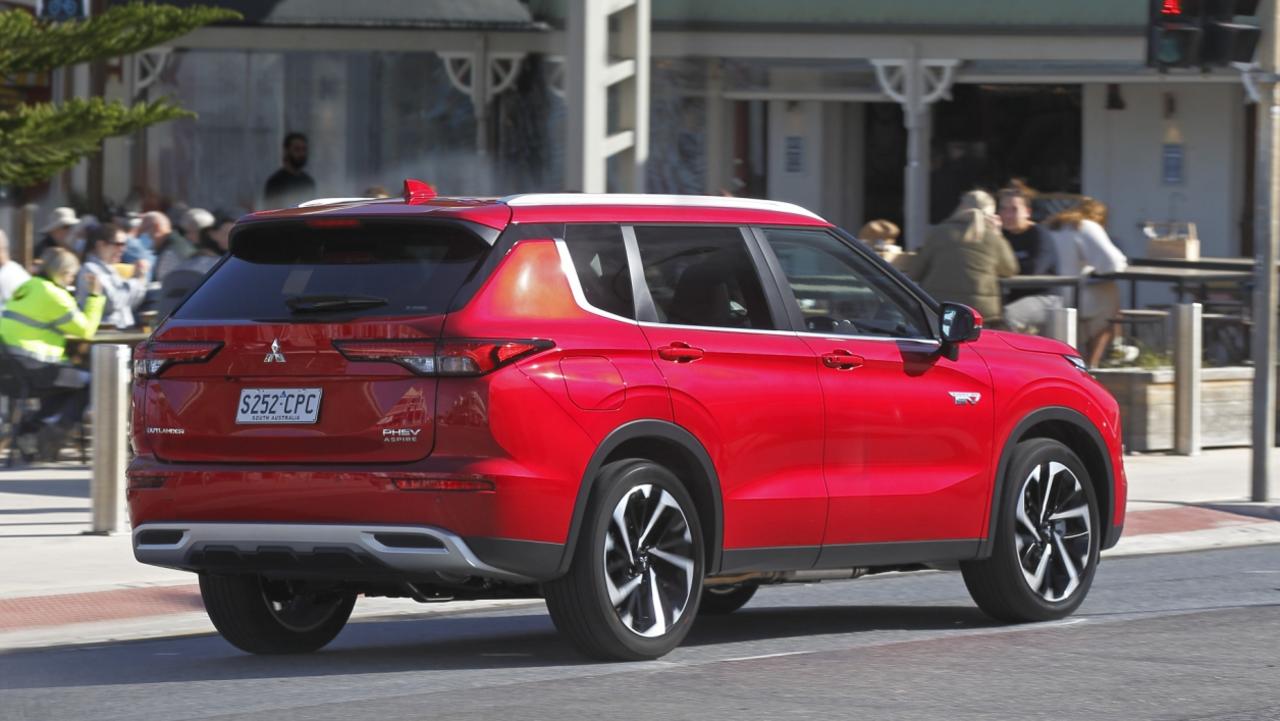
This combined with a bigger fuel tank gives the plug-in hybrid a claimed driving range of more than 900km.
In major advancement the Outlander PHEV now comes with bi-directional charging, which allows for the vehicle’s battery to send energy back to the grid or power a home not connected to the grid.
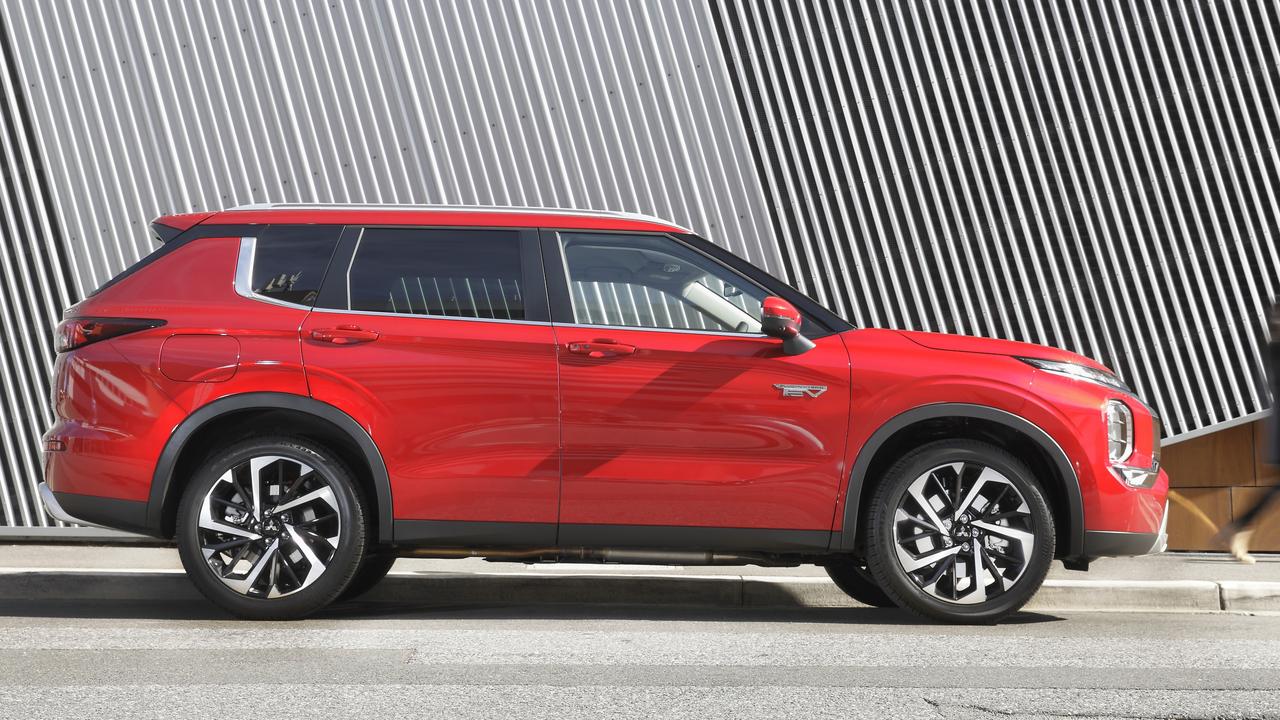
The 20kWh battery holds a substantial amount of energy, equal to about one and a half Tesla Powerwall home batteries.
Very few fully electric cars have this ability and it’s likely to be a major selling point.
It also has a vehicle to load function that allows the vehicle to power appliances such as air conditioners or camping equipment.
The battery will take up to 12 hours to completely replenish via a standard home power point or 6.5 hours with a home wallbox charger.
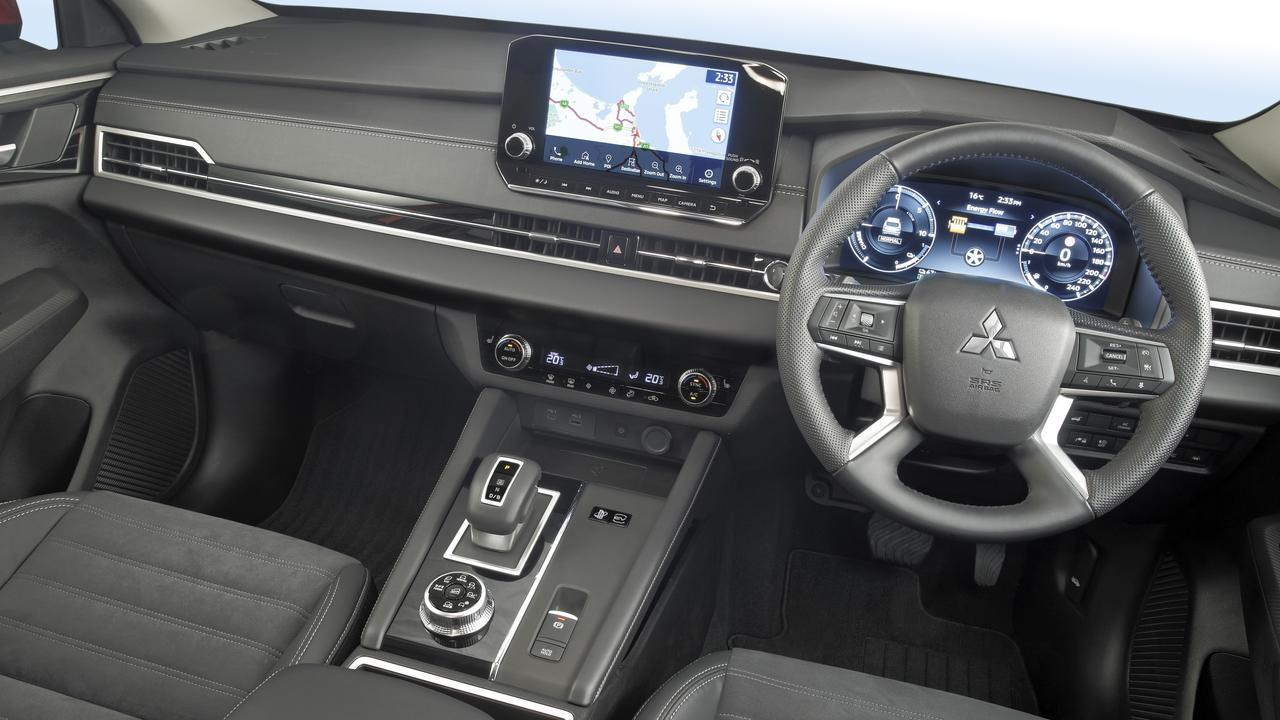
A DC fast charger can juice-up the battery from 0-80 per cent in 38 minutes. Fast chargers slow up the rate of charge for the final 20 per cent to stop the battery overheating.
The ES and Aspire grades come with five seats and are priced from $54,590 (before on-road costs) and $60,990 respectively.
The Exceed and Exceed Tourer have seating for seven and cost from $65,990 and $68,490.
All variants come with a nine-inch central screen that is compatible with Apple CarPlay and Android Auto. This is paired to a 12.3-inch fully digital instrument display.
Base ES versions get 18-inch alloy wheels and the rest score bigger 20-inch wheels.
Every version comes with a comprehensive array of standard safety features.




